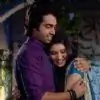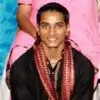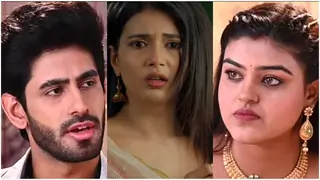DEEPAVALI or Diwali means "a row of lights". It falls on the last two days of the dark half of Kartik (October-November). For some it is a three-day festival. It commences with the Dhan-Teras, on the 13th day of the dark half of Kartik, followed the next day by the Narak Chaudas, the 14th day, and by Deepavali proper on the 15th day.
Diwali involves the lighting of small clay lamps filled with oil to signify the triumph of good over evil. During Diwali, all the celebrants wear new clothes and share sweets and snacks with family members and friends. Some Indian business communities begin the financial year on the first day of Diwali, hoping for prosperity the following year.
SPIRITUAL MEANING
While Deepavali is popularly known as the "festival of lights", the most significant spiritual meaning is "the awareness of the inner light". Central to Hindu philosophy is the assertion that there is something beyond the physical body and mind which is pure, infinite, and eternal, called the Atman. Just as we celebrate the birth of our physical being, Diwali is the celebration of this inner light, in particular the knowing of which outshines all darkness (removes all obstacles and dispels all ignorance), awakening the individual to one's true nature, not as the body, but as the unchanging, infinite, immanent and transcendent reality. With the realization of the Atman comes universal compassion, love, and the awareness of the oneness of all things (higher knowledge). This brings Ananda (joy or peace).
LEGEND
Narakaasura was a demon king ruling over Praagjyotishapura (the present-day Assam). By virtue of his powers and boons secured from God, he became all-conquering. Power made him swollen-headed and he became a menace to the good and the holy men and even the Gods. The Gods headed by Devendra implored Sri Krishna who was at Dwaaraka (in the present-day Gujarat) to come to their rescue. Sri Krishna responded. He marched from the western end of the country to its eastern end, Praagjyotishapura, destroyed the huge army which opposed him finally beheaded Narakaasura himself.
Mother Earth, whose son Narakaasura was, requested Sri Krishna that the day be celebrated as one of jubilation. Sri Krishna granted the request and since then the tradition has continued.
In northern parts of Bharat, Deepaavali is associated with the return of Sri Rama to Ayodhya after vanquishing Raavana. The people of Ayodhya, overwhelmed with joy, welcomed Rama through jubilation and illumination of the entire capital. Well has it been said that while Sri Rama unified the north and south of our country, Sri Krishna unified the west and the east. Sri Rama and Sri Krishna together therefore symbolize the grand unity of our motherland.
glitter text generator by GlitX.com

































